Hello wonderful people on #Steemit! A very warm greetings to one and all present here. Hope you all are doing well in your life! In today's article, we're going to be discussing about Gas giants and Brown dwarfs and specifically we're going to be discussing about the differences between them. What exactly is a gas giant or I guess what not a gas giant is? What would be a brown dwarf? Anyway let's discuss about this interesting topic.
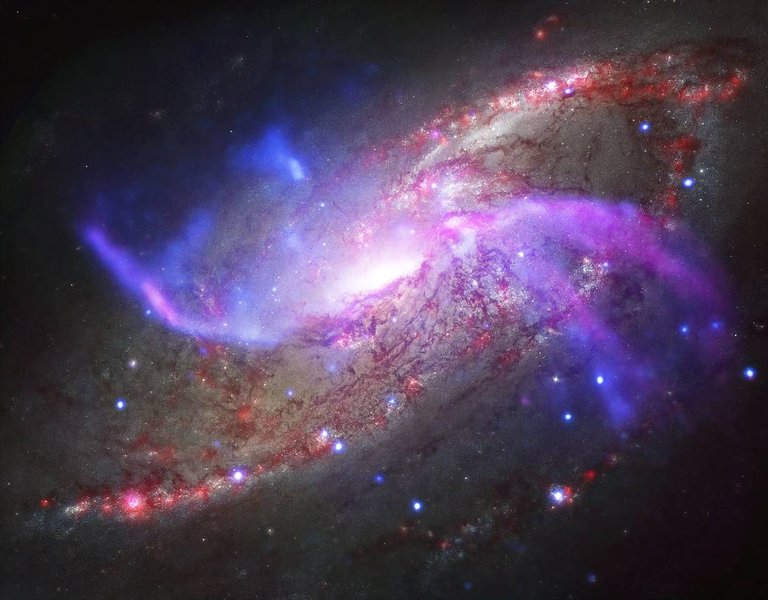
Hope you people will read my article and provide your valuable suggestions and thoughts by commenting below. So, without any further delay let us start the exploration!!
So, we're currently taking the reference of an object that was officially known as one of the biggest planets in the space and one of the most massive planets out there known as HR 2562b. This particular object is about 30 times the mass of our own gas giant Jupiter. Basically, it has approximately 30 Jupiters inside of it. But in terms of size it's not very big. But is this actually a planet or is this what would be known as a brown dwarf?
So, we're going to be discussing a few different ideas today and specifically a lot of them are based on a relatively recent study from John Hopkins University by Dr. Kevin Schlaufman, Assistant Professor at John Hopkins, Department of Physics who basically tried to redefine how we think about planets and how we think about brown dwarfs and to do this let's just actually start by taking a look at what exactly this is?
So, this is a very massive object orbiting a star and the star here is basically about 1.3 masses of our own Sun. So, in this sense it does look like this is actually a planet. But based on the mass alone this would not qualify as a planet. As a matter of fact we currently believe that anything over about 10 masses of Jupiter should be qualified as a brown dwarf.
Now, let's go back to our planet Earth for a second, you will see one of the closest objects we discovered. It's relatively close to our own solar system and this is about 6.5 light years away from us. There is actually an object that we discovered I think in the last 5 years or so and it's actually two objects they're called Luhman 16. These two are classified as brown dwarfs and they're relatively closer to our solar system. But you can't really see them because they're not really that bright. Now, I guess this binary brown dwarf are in a sense really similar to which we taken the reference planet above. Now, if you actually just zoom in closer to one of these objects in the space engine you could see how it's actually not that much different from the planet we taken as the reference. It is about may be twice the mass of that object.
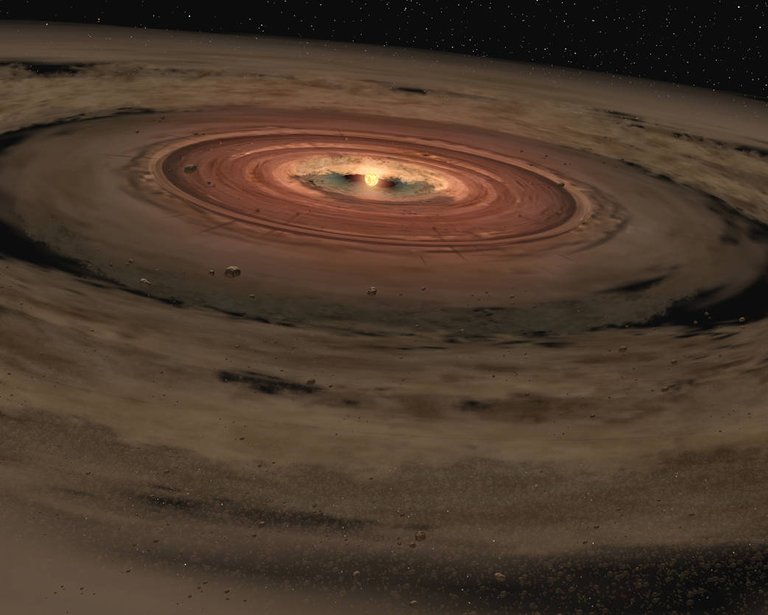
Credit : NASA
Now, for our solar system, what's inside Jupiter and what's inside our own Sun is in terms of at least proportions relatively similar! They both have relatively similar amount of hydrogen and helium in comparison to other elements like oxygen, carbon, silica and so on. So, there is a tiny amount of non-hydrogen healing on the inside about two percent and then the rest is hydrogen healing. It's the same for pretty much; most gas giants in our solar system. It's the same for our Sun as well and if you look at various objects out there in the rest of the galaxy, you'll find that most stars have relatively similar proportion of elements to their planets. But that's not really the same for the object Luhman 16. This object doesn't really have a parent star and so in that sense it doesn't really have any proportions to compare it to.
Alright, so that's may be not very clear in terms of defining things. So, when I got back to the simulation and taken a look at an early starter system that's about to be developed in this particular simulation in the Space Engine. So, there what we have is basically in a ring orbiting around central object and this central object at some point will become a star. It's not a star yet. It's still not massive enough. But it is acquiring more and more mass. Now, within this system within the ring certain object will also accredited into little rocks. This object will also start sucking up a lot of matter in this vicinity and if it actually acquires a lot of hydrogen and helium will become a gas giant. Now, with time this particular object may become similar to Jupiter. This is kind of the planetary development model we currently believe in and it does make a lot of sense.
But what's different between this particular object that might become Saturn or Jupiter or any other gas giant and the brown dwarf we witnessed a few minutes ago known as Luhman 16? Luhman 16 didn't go through this particular event! It actually didn't really have similar development because in the sense Luhman 16 is just like the object which never became a star. So, these two objects by default would actually become binary brown dwarfs because they're not really planets. They weren't made in the same way as a planet was. They literally were created from the gravitational collapse. They were made at the center of their accretion disk and they weren't really made as planets would be made by orbiting around a central star. So, their actual metallicity, their structure and their composition might be actually very different from each other and at the same time is going to be very different from any kind of star that might be orbiting with or around.
So, in other words both of these objects are basically not really planets because they weren't really created in the same way. Their actual origin plays a huge role in defining them as planets and because these two objects were made more like stars and not like a typical planet would be made. That is why we can’t really call them planet and this is why we can’t even call them stars. They're in their own sort of category of I guess not fully developed stars or I guess you could call them as failed stars and their composition and metallicity plays a big role in describing them as such objects.
SOURCE

@star-vc
REFERENCES :
Information Sources: 1 2 3 4 5 6 7


For : @steemSTEM
Picture Credit: @star-vc

But in terms of pretty much everything else or at least in terms of visual appearance it's not going to be particularly different. So, even though it does look bright right now. but it's actually more like gas giant than you would imagine. So, by definition today we think that brown dwarfs are very similar to gas giants. They're just a little bit more massive. They don't have any nuclear reaction inside. Although, they are actually capable of merge in certain elements like for example there is a deuterium fusion and lithium fusion inside which produces some energy and for all sort of definition purposes they are basically just a really massive gas giants. They're kind of like failed stars that never had enough mass to become stars. Although, if you were to combine both Luhman 16 objects they would definitely produce the next stage here which would be a Red dwarf.
Now, what interesting though is that there is definitely something else going on there which basically makes this a brown dwarf and makes the previous object a planet and what exactly is it? Well, it seems that the mass alone is not enough to define if it's a brown dwarf or if it's a planet. In other words we're going to go back and try to redefine what a planet is? It's basically kind of like a Pluto debate all over again! But this time we're basically trying to redefine what exactly is a planet in terms of gas giants at least and whether this is a planet. In other words if a gas giant qualifies as a planet or if it's actually also brown dwarf. Well, long story short! This is definitely a planet and the one we taken the reference in the beginning was also a planet and the reason I make sure in saying is probably pretty comfortably is because of one more parameter that we didn't really talk about and this parameter is known as metallicity. Basically, it is the amount of non-hydrogen and non-helium components inside the planet.
Now, for our solar system, what's inside Jupiter and what's inside our own Sun is in terms of at least proportions relatively similar! They both have relatively similar amount of hydrogen and helium in comparison to other elements like oxygen, carbon, silica and so on. So, there is a tiny amount of non-hydrogen healing on the inside about two percent and then the rest is hydrogen healing. It's the same for pretty much; most gas giants in our solar system. It's the same for our Sun as well and if you look at various objects out there in the rest of the galaxy, you'll find that most stars have relatively similar proportion of elements to their planets. But that's not really the same for the object Luhman 16. This object doesn't really have a parent star and so in that sense it doesn't really have any proportions to compare it to.
Alright, so that's may be not very clear in terms of defining things. So, when I got back to the simulation and taken a look at an early starter system that's about to be developed in this particular simulation in the Space Engine. So, there what we have is basically in a ring orbiting around central object and this central object at some point will become a star. It's not a star yet. It's still not massive enough. But it is acquiring more and more mass. Now, within this system within the ring certain object will also accredited into little rocks. This object will also start sucking up a lot of matter in this vicinity and if it actually acquires a lot of hydrogen and helium will become a gas giant. Now, with time this particular object may become similar to Jupiter. This is kind of the planetary development model we currently believe in and it does make a lot of sense.
But what's different between this particular object that might become Saturn or Jupiter or any other gas giant and the brown dwarf we witnessed a few minutes ago known as Luhman 16? Luhman 16 didn't go through this particular event! It actually didn't really have similar development because in the sense Luhman 16 is just like the object which never became a star. So, these two objects by default would actually become binary brown dwarfs because they're not really planets. They weren't made in the same way as a planet was. They literally were created from the gravitational collapse. They were made at the center of their accretion disk and they weren't really made as planets would be made by orbiting around a central star. So, their actual metallicity, their structure and their composition might be actually very different from each other and at the same time is going to be very different from any kind of star that might be orbiting with or around.
So, in other words both of these objects are basically not really planets because they weren't really created in the same way. Their actual origin plays a huge role in defining them as planets and because these two objects were made more like stars and not like a typical planet would be made. That is why we can’t really call them planet and this is why we can’t even call them stars. They're in their own sort of category of I guess not fully developed stars or I guess you could call them as failed stars and their composition and metallicity plays a big role in describing them as such objects.
So, in some sense the object we taken the refernce in the beginning HR 2562b is technically a planet or maybe it's actually in its own category of supermassive gas giants that are not really brown dwarfs. But are not even gas giants either! In other words our neighbors Luhman 16 (Luhman 16A and Luhman 16 B) are definitely brown dwarfs. They're not large gas giants. They're not planets by any means or by any definition because they were made like stars and in that sense they're actually very interesting for us because they might have their own planetary systems around them and their planets might be completely different from what we might imagine. As a matter of fact, we are almost certain that most of these objects would have planetary systems. Although, Luhman 16 A and 16B might be a little bit different; since they are a binary system. It would be very difficult for them to maintain a stable planetary system. But a brown dwarf that doesn't have any companions, doesn't have any stars that orbits with might actually have a fully developed planetary system possibly with some planets that might even have enough atmosphere and some kind of a warm environment. But obviously not a lot of light because these objects are very dark. As a matter of fact, even though we call them brown dwarfs are technically actually more magenta in color. This is not super realistic! They are relatively dark! But they do produce some heat from inside that can actually be used to warm up objects orbiting around them.
So, they are very interesting objects. They're definitely not something that we normally think about and there's a lot of them out in the space yet to be explored. As a matter of fact, if you were to just look at a typical patch of a night sky and look at some of the stars there. There's actually probably a lot more Brown dwarfs in that patch of sky that you choose than there are actual stars. Brown dwarfs are very common. There are a lot of them out there and we only very recently started discovering them because they're so dark; they're so difficult to see. You can only detect them with an infrared telescope. So, may be in the next two years we'll find more of them out there. May be even some of them much closer to us than we believe and we might even be able to find some of them that have really comfortable habitable planets that we can one day call home. For now though that's all I wanted to discuss about! I wanted to basically explain how brown dwarfs are different from planets and how they were created completely different as well.

Thank you so much for reading this article guys and if you've enjoyed reading the information in this article, don't forget to Upvote and Resteem for those who enjoys reading space articles and wants to learn more through the information provided here!!




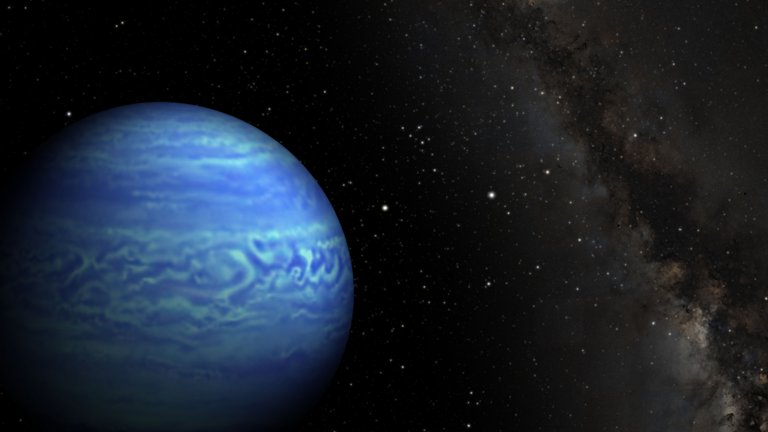
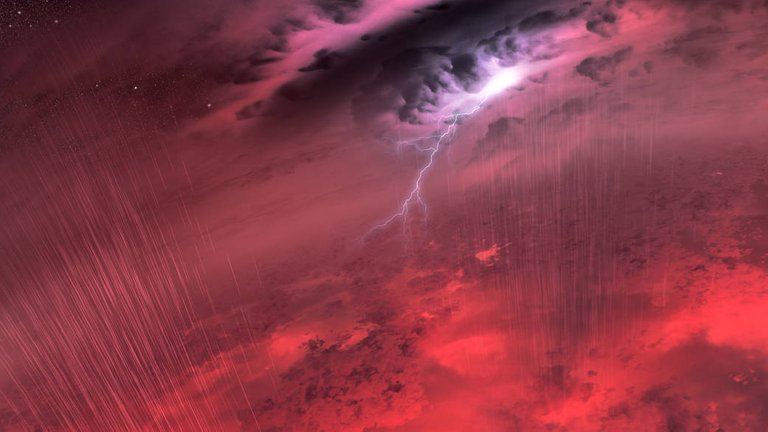


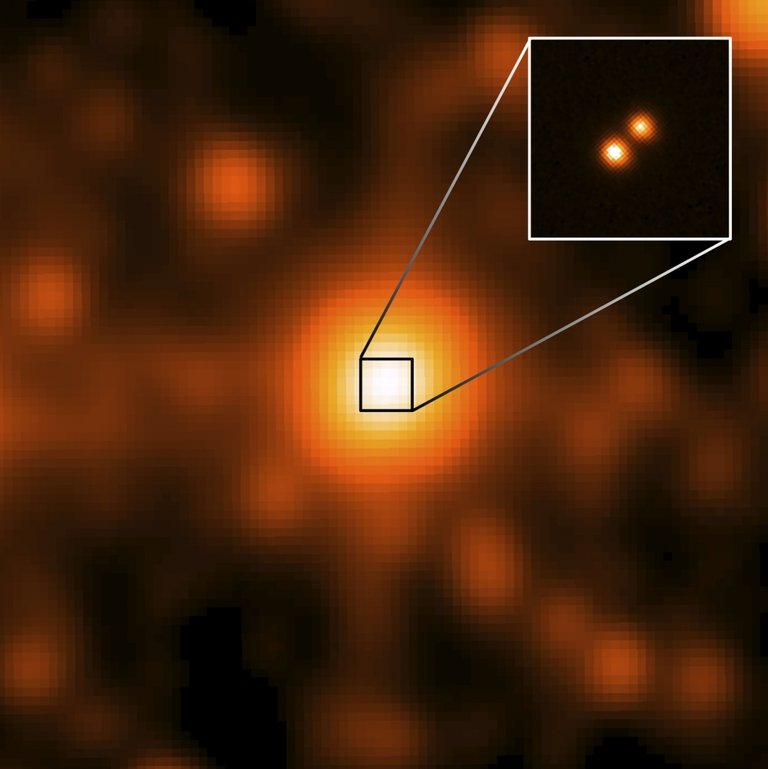
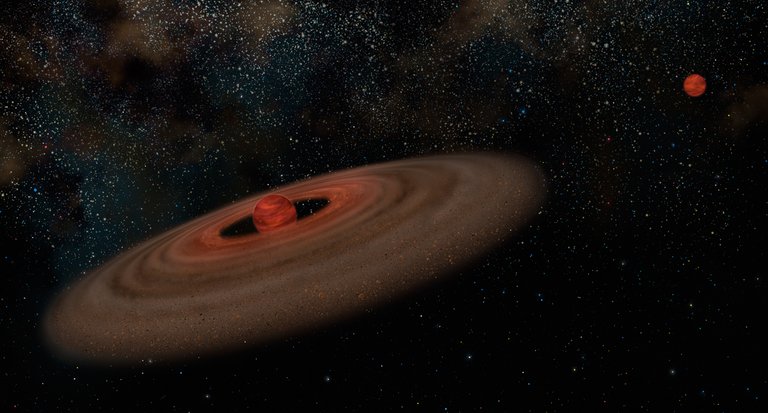
What a nice article well formatted, researched and so enjoyable at reading. Thanks a lot @star-vc
Hi @bmotives! Thanks a lot for the appreciation and showing your interest in reading the article.
Cheers!! :)